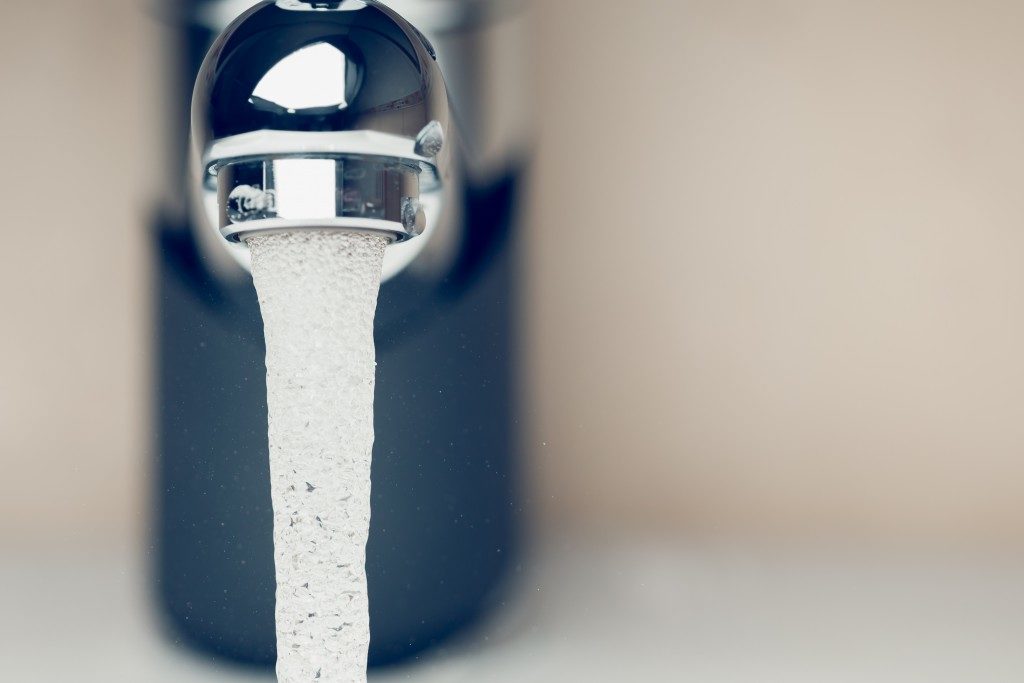Water pressure determines how easily we can do our daily tasks. If the water pressure is too low, it's going to take longer to do the simplest tasks. Adversely, very high pressure can damage the plumbing. Do you find yourself having either of these problems? Here's how to fix it:
1. Low water pressure
Do you find yourself having not enough water to wash the dishes while someone is showering? Low water pressure can be a big problem and it certainly makes household chores a lot harder than they should be.
Low water pressure may affect the whole neighborhood. But if your house is the only one experiencing it, try some of the following fixes:
- Install a water pressure booster. Find reputable Grundfos pumps suppliers or any store that carries cold water booster sets. If you are an isolated case throughout the neighborhood, your house may not be pulling in enough pressure.
- Check water valves. Check your main supply valve if it is open all the way. Ensure that your water pressure regulator is at the appropriate PSI as well.
- Remove blockages. Clogs in the fixtures or pipes may cause low water pressure. Try plunging them and see if it fixes the problem.
- Fix leaks. Leaks can siphon water pressure from the main supply. Make sure you fix them immediately.
- Clean or replace pipes. Most of the time, houses that have steel pipes experience low water pressure because of rust and mineral buildup. Try cleaning away the blockage. If it doesn't work, have your pipes replaced with PVC pipes that are resistant to corrosion.
2. High water pressure

Having high water pressure may seem convenient, but that is not always the case. If the water pressure is too high, it can damage your plumbing system and even cause busted pipes. If you experience leaks, noisy plumbing, squirting water, or malfunctioning water-connected appliances, your pressure may be above 100 PSI already. To remedy this, try the following:
- Adjust the water pressure valve. Once you remove the lock nut, you can adjust the valve with a socket wrench. Turn the nut counterclockwise to reduce the pressure. Do this slowly and carefully.
- Measure the PSI. After that, check the meter if the water pressure falls below 100 PSI. The ideal water pressure is around 60-80 PSI, so aim for this range.
- Return the lock nut. Once the pressure is stable, return the lock nut and screw it in place.
- Hire a plumber. If you are not comfortable doing this by yourself, hire a plumber to do it for you. It's better than having to risk damaging any sensitive parts of your plumbing system. If the water pressure is too high (with the pipes almost bursting), turn off the main water supply and call a plumber immediately.
If you find yourself having any of these problems, these tips can help you have it fixed in no time. However, if you are not comfortable doing things yourself or you live in an older house that has a riskier plumbing system, hire a professional to do the job for you.


